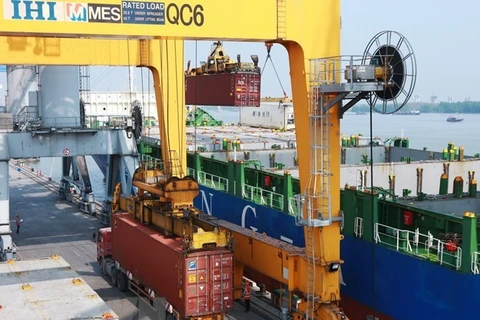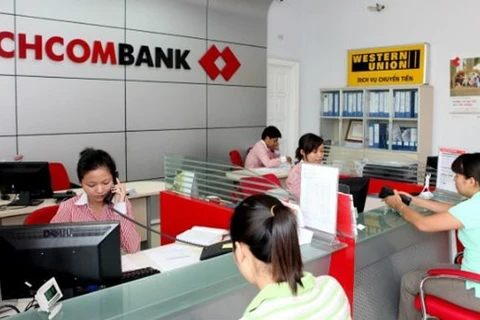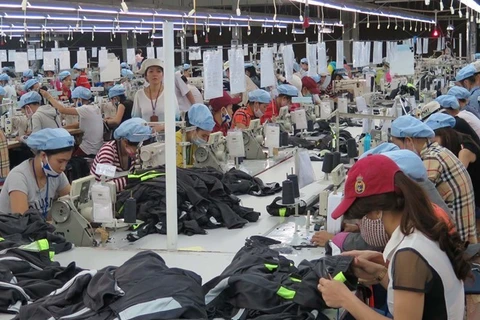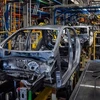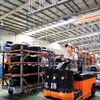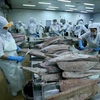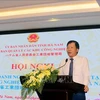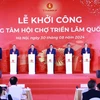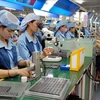 The profitability and asset quality metrics of Vietnamese banks are expected to further improve in 2018-19. — (Photo: tapchitaichinh.vn)
The profitability and asset quality metrics of Vietnamese banks are expected to further improve in 2018-19. — (Photo: tapchitaichinh.vn) Hanoi (VNS/VNA) - The profitability of Vietnamese banks is strengthening as robust economic growth fuels credit demand and supports an improvement in asset quality, but challenges are also apparent, Moody’s Investors Service said in a recent report.
"Credit growth is outpacing internal capital generation, weighing on capital ratios, and the State-owned banks – unlike their private-sector counterparts – have been slow in raising external capital even as their capital ratios slide," said Rebaca Tan, a Moody’s analyst.
"Against such a backdrop, a continued deterioration of capitalisation will weaken the competitiveness of the State-owned banks and ultimately their credit profiles," said Tan.
Under the report ‘Banks – Vietnam: Deteriorating capitalisation will weaken state-owned lenders’ credit profiles’, Moody’s said that the average return on tangible assets (ROTA) at the rated Vietnamese banks rose to 0.97 percent in 2017 from 0.70 percent in 2016, while their asset-weighted average ratio of problem loans declined to 4.7 percent at the end of 2017 from 5.9 percent a year earlier.
Looking ahead, Moody’s expects profitability and asset quality metrics to further improve in 2018-19, although rapid loan growth – at 21 percent in 2017 – could mask asset risks.
Specifically, the banks have increased their lending to retail and small- and medium-sized enterprises (SMEs), a positive trend for their margins due to the relatively high rates for such loans. At the same time, the shift away from lending to State-owned enterprises (SOEs) is positive because many SOEs remain in poor financial health.
“However, internal capital generation will be insufficient to cover this rapid pace of loan growth, and the rated Vietnamese banks will need an additional 7-9 billion USD in capital to achieve Tier 1 capital ratios of 11 percent in 2018 and 2019, while sustaining current loan growth rates,” Moody’s said.
Without external capital, Moody’s estimated that the Tier 1 capital ratio of the rated private sector banks will drop to 8.0 percent by the end of 2019 from 9.4 percent at the end of 2017, while that of the rated State-owned banks will drop to 6.1 percent from 6.9 percent over the same period.
These concerns are somewhat mitigated for the private sector banks, which have been actively raising equity capital from the market through a series of successful new share offerings since 2017 that have helped increase capital ratios.
By contrast, state-owned banks have been slow in raising external capital even as their capital ratios slide – primarily because the government prefers strategic investors. Their asset-weighted average TCE ratio declined to 6.89 percent at the end of 2017 from 6.92 percent a year earlier, and could continue to weaken if the banks fail to raise capital.
With their larger capital buffers, the private sector banks will be able to increase investments in business growth, which will lead to stronger profitability and internal capital generation.
Conversely, Moody’s views the state-owned banks as caught in a cycle, with capital shortfalls impeding growth, resulting in continuously inferior internal capital generation and ultimately weaker competitiveness. As a result, Moody’s expects their credit profiles will fall behind those of private sector banks.-VNS/VNA
VNA
